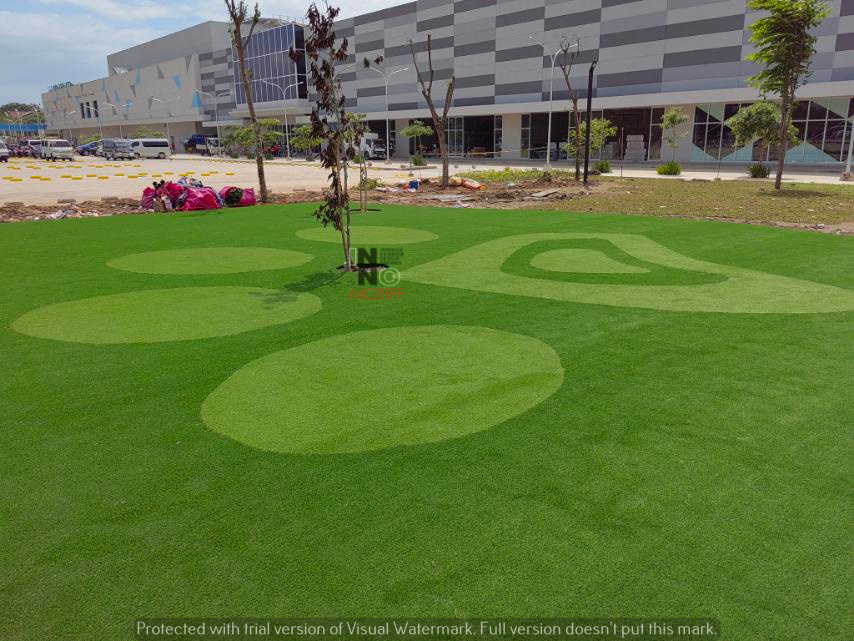Maintaining the health and appearance of trees can be a challenging task, especially when they grow large and unwieldy. One effective technique for managing tree size and enhancing longevity is tree pollarding. This comprehensive guide will delve into what tree pollarding is, its benefits, how to execute it properly, and other essential details to help homeowners and gardeners make informed decisions about their trees.
What is Tree Pollarding?
Tree pollarding is a tree maintenance technique aimed at controlling the size and shape of a tree. This method involves cutting back the tree’s limbs to the main trunk, promoting new growth and maintaining a manageable size. Historically, pollarding has been used since ancient times to provide timber and maintain trees in urban settings. Unlike regular pruning or topping, pollarding involves a more systematic approach to encourage a specific growth pattern and prolong the tree’s health.
The Benefits of Tree Pollarding
Control Tree Size: Pollarding helps manage the growth of large trees, making them suitable for smaller gardens or areas where space is limited. By keeping the tree’s size in check, it becomes easier to integrate it into landscaped designs without overwhelming the space.
Enhanced Lifespan: Regular pollarding can significantly increase a tree’s lifespan. By removing older, potentially weaker branches, the tree can focus its energy on producing new, healthier growth, thus ensuring its longevity.
Safety Considerations: Pollarding reduces the risk of falling dead wood, which can be a hazard in both residential and public areas. This proactive approach to tree management helps prevent accidents and property damage.
Aesthetic Appeal: Pollarded trees often have a distinct, attractive appearance. The technique can create a sculptural effect, contributing to the overall beauty of the garden or landscape.
The Tree Pollarding Technique
Step-by-Step Process:
- Initial Assessment: Before starting, evaluate the tree’s health and structure. Determine the best branches to cut and the appropriate height for the pollard cuts.
- Proper Cutting Methods: Remove limbs back to the main trunk or a suitable lateral branch. This helps in controlling the size while encouraging a neat and balanced growth pattern.
- Encouraging New Growth: Cut branches two or three meters above the ground. This height encourages lateral branches to develop and ensures a strong and well-structured tree.
Tools and Equipment Needed:
- Pruning saws or shears for cutting branches.
- Ladders or climbing gear for reaching higher branches.
- Safety gear, including gloves and protective eyewear.
When to Pollard Trees
Best Time of Year: The ideal time for pollarding is during the dormant season, typically late winter or early spring. This timing reduces the risk of disease and allows the tree to recover quickly.
Signs That Pollarding is Needed: Consider pollarding if the tree is overgrown, causing obstruction or if its branches are encroaching on structures or power lines. Pollarding is also useful when space is restricted or to improve tree health.
Frequency of Pollarding: Pollarding is usually done every 2 to 5 years, depending on the tree species and growth rate. Regular intervals ensure the tree remains manageable and healthy.
Pollarding vs. Other Tree Maintenance Techniques
Pollarding vs. Pruning: While both techniques involve cutting branches, pruning typically focuses on removing dead or diseased wood to maintain health. Pollarding is more about controlling size and shape.
Pollarding vs. Coppicing: Coppicing involves cutting trees back to ground level to promote multiple new shoots. Pollarding maintains a higher trunk and encourages growth above the cut.
Pollarding vs. Topping: Topping removes the top portion of a tree, which can be harmful and lead to weak growth. Pollarding is a more controlled and less damaging method.
Potential Challenges and Considerations
Common Mistakes to Avoid: Over-pollarding or improper cuts can stress the tree and lead to poor health. Ensure cuts are made correctly and avoid removing too much foliage at once.
Potential Impact on Tree Health: While pollarding has many benefits, improper techniques can cause harm. Always follow best practices or consult professionals if unsure.
Consulting Professionals: For large or complex pollarding tasks, hiring an arborist can ensure the procedure is done correctly and safely.
Takeaway
Tree pollarding is a valuable technique for homeowners and gardeners looking to manage tree size, enhance longevity, and ensure safety. By understanding the process and benefits, you can make informed decisions about your trees and maintain a beautiful and functional landscape.










